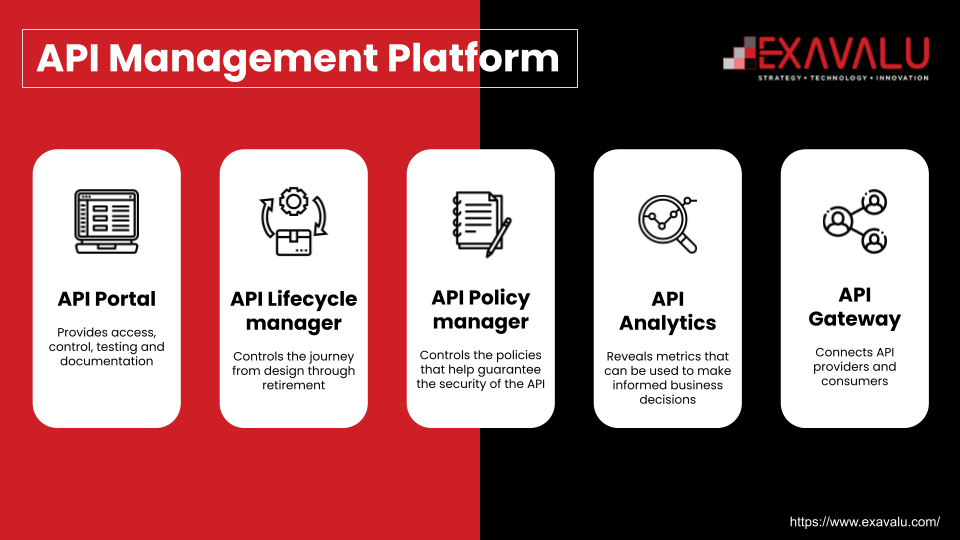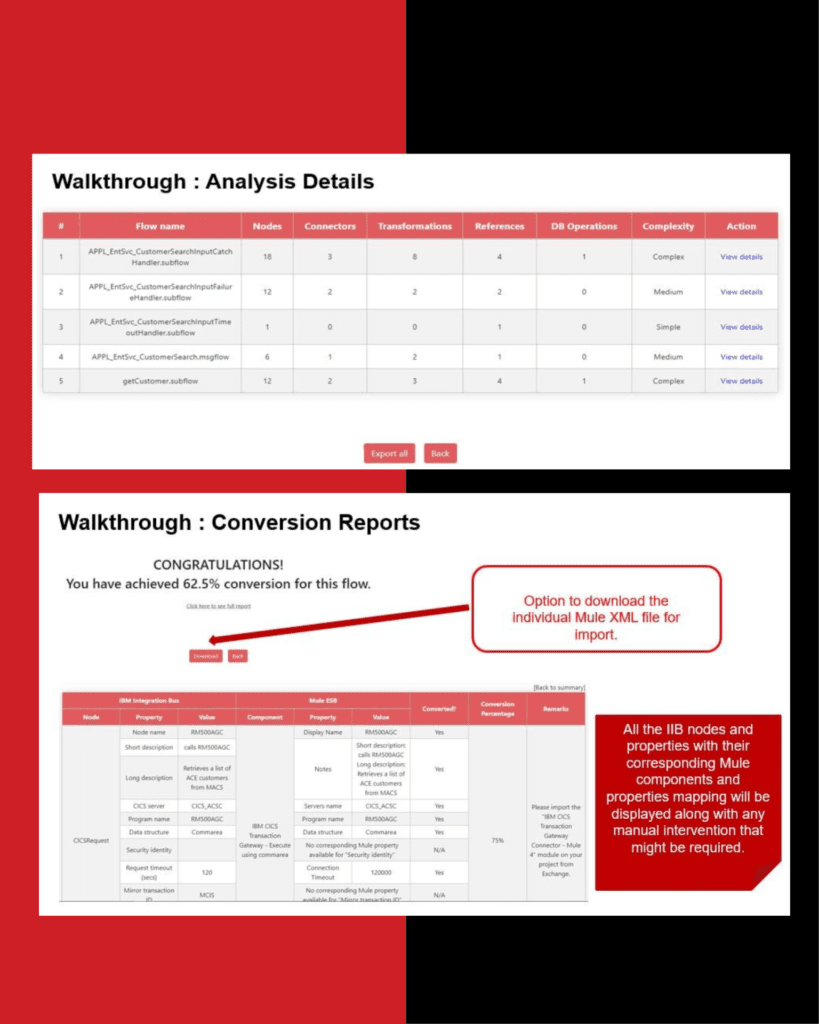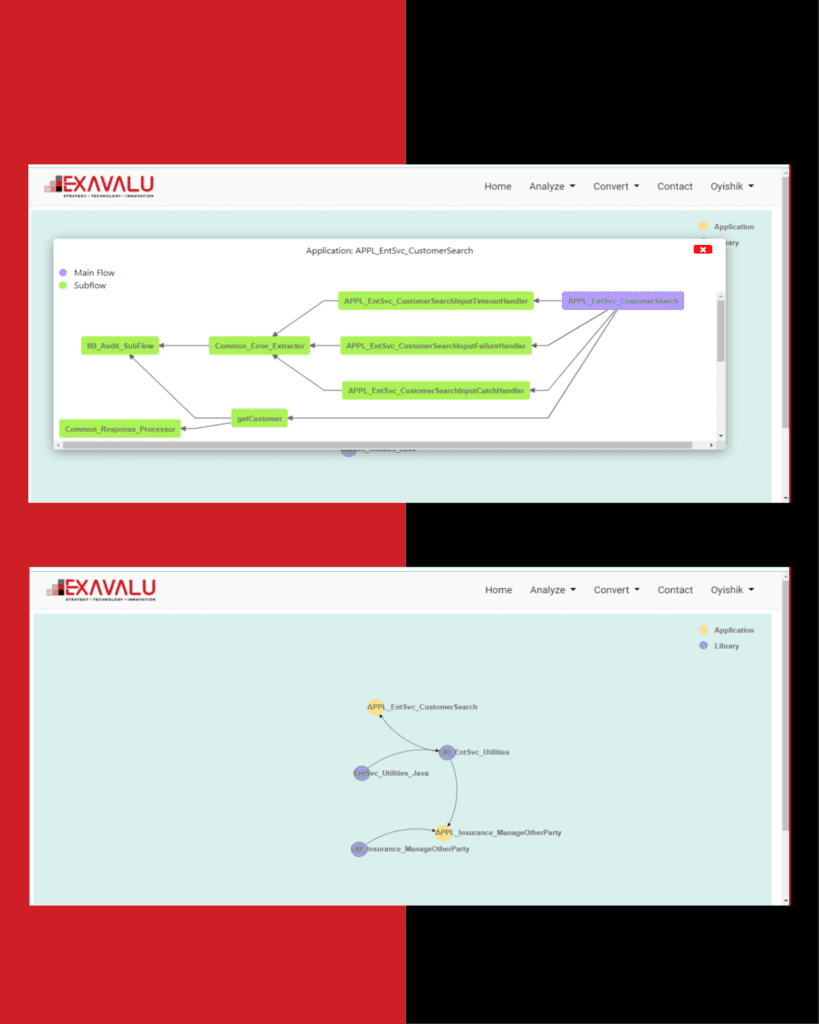
Migrating from Legacy Integration Technologies to Modern API Management platforms
APIs (Application Programming Interfaces) have become the de facto standard for building and connecting modern applications. They provide the integration vehicle for connecting digital ecosystems and play a key role in powering modern, microservices-based application architectures.
Digital transformation requires organizations to be more agile and innovative, to be able to unlock new digital business models and quickly adapt as new opportunities or market conditions dictate. API’s are at the heart of the modern digital enterprise and a key enabler of most digital transformation initiatives.
There are numerous challenges to implementing an API led strategy and some of the most important include: how to migrate from existing legacy integration technologies to APIs, and how to holistically manage a new eco-system of API’s that stretch from company-owned to 3rd party systems across a combination of on-prem, cloud and hybrid architectures.
This paper examines the evolution of integration technologies leading to modern API platforms and how Exavalu, with its conversion tools and methodology, can help to quickly baseline existing technology environments and accelerate migration to a modern API platform.
API led architecture: Moving beyond SOA and ESB
At the dawn of the internet age, in the early 2000s, the dominant enterprise integration architectures were SOA (Service-oriented architecture) and the ESB (Enterprise Service Bus).
These architectures are now being replaced by API-led connectivity and microservices architecture which are better suited to the interconnectivity needs of a modern digital ecosystem. APIs have become the most popular, and in many cases, the only integration style offered by modern public cloud platforms and SaaS applications and are required for the integration of mobile devices.
As organizations continue to develop distributed application ecosystems, ESB’s are being replaced by API gateways for mediating messages between different API services. The challenge of monitoring and managing a plethora of APIs, some internally developed, and others that are owned and managed by external SaaS app vendors has led to the evolution of API management platforms.
What is an API Management Platform?
An API management platform is a tool used to access, distribute, control, and analyze APIs used by developers in an enterprise setting. API management platforms benefit organizations by centralizing control over their API integrations while ensuring they continuously meet high performance and security standards. They allow for quick testing, deployment, management, and monitoring of their API connections from one centralized platform.
API management solutions generally include the following capabilities to help a business make the most out of their API program: an API developer portal, API lifecycle management, an API Policy manager, API analytics capabilities, and an API gateway:

Leading API Management Platforms
MuleSoft and IBM compare closely in iPaaS capabilities. But IBM’s fragmented offering compared to MuleSoft’s single Platform, complicates IBM adoption by customers. This is causing the IBM integration platform a slower growth compared to the market expansion.

MuleSoft has built a variety of connectors for SaaS applications. A strong community of MuleSoft developers creates a collaborative platform for the exchange of ideas, problems and ultimately leading to faster adoption of this modern integration platform.
There are customers who are making decisions to migrate from the IBM platform to a more modern platform like the Mule AnyPoint platform due to the above factors.
Migrating to a modern API platform – Strategies and Considerations
However, once a strategic decision is taken to move to a modern API platform, ground realities come up as a hindrance in the migration. Lack of documentation, ownership of API makes an enterprise wary of rocking the boat. Business sponsorship in terms of Time and Money becomes a further challenge because new features are not created out of the migration project.
This leads to the co-existence of ESB/SOA APIs, non-standard services, and modern API platforms all running in the enterprise. Running multiple integration tools leads to:
- Multiple run times – increases the complexity of run time environments, making it harder for troubleshooting. Besides, it has the cost in terms of hardware and licenses.
- Multiple development tools and methodologies – constrains the development resources.
- Multiple management tools – leads to inconsistent visibility and security.
- Siloed best practices – slow down the innovation.
| Option | Pros | Cons |
| Status Quo – Leave legacy APIs where they are, build new APIs in the modern platform | Minimal disruption to the business as existing services | Increased licensing and support costs Different support models and different experiences across businesses depending on what APIs they are leveraging. |
| Redesign/Rearchitect all the APIs using API Lead connectivity approach | Opportunity for a fresh start to design everything using the best practices. Ability to optimize the APIs. | Can be very expensive and time taking. |
| Rapid migration of the services (like for like) onto the modern platform and optimize later | A more prudent approach to consolidate platforms and reduce support costs with minimal risk. | Does not follow the API lead approach to design the APIs |
The challenges in migrating APIs from legacy to modern platforms are:
- Lack of documentation and subject matter expertise for the legacy services.
- Not knowing dependencies and the impact or disruption they could cause.
- Not being able to decide on the approach – doing the change incrementally or as a big bang.
- Integration is often looked at as an ‘IT’ solution and does not often get the attention and resources to take on a migration project.
- Fear that the migration can be very expensive and takes too long.
- The continuous shifting baseline. While the migration is on, the existing setup will not remain static. Existing APIs gets modified and new APIs gets added to cater to business demands
- Quality Assurance or Testing. With the lack of documentation and access to source and target systems, it becomes difficult to certify that the migration is complete
How Exavalu can help with your Legacy to Modern API Migration
At Exavalu, we have designed a methodology and a tool to quickly baseline the environment and accelerate the rapid migration of the APIs from IBM SOA webservices into the Mulesoft API Manager/Anypoint platform.
The tool analyses and documents key components of the legacy services including:
- Message Flows
- Subflows
- Library references and dependencies
- List all the nodes in the flows along with their properties
- Queueing dependencies
- Flow complexities
- Complexity distribution
- Backend system details
- Distribution of node types (connectors, transformations, external references, etc.)
This report serves as a specification document to understand the legacy APIs and as the guide for the conversion of the flows to MuleSoft. Most of the time, the line Managers do not have any documentation on the complexity of the integration platform. Merely documenting the components, complexities and interdependencies can be an exercise spread across months. The Analysis that can normally take months of effort can be reduced to hours.
The tool then jump-starts the conversion by automatically converts IBM Flows to Mule for all but the complex compute/transformation logic, resulting in additional savings and improved consistency in the conversion process. With the tool, the analysis effort is reduced by 80-90% and the conversion effort by 40 – 50%.
The conversion ratio varies based on the complexity of the existing logic in IIB. 100% conversion is not possible using a tool. The construct of the two languages is different. They do not map one to one.
With the continuous shifting baseline, the analysis work needs to be repeated which is a costly exercise. This is where the tool brings in the value. The tool with its automation can do rapid analysis and can be repeated multiple times across the project duration.

With a factory-based approach for the conversion, leveraging standard practices and the tool, design best practices for common functions like logging, security, and automated testing are included in the conversion process. It increases the overall quality of the output and reduced the risk of the conversion.
Sample Output from the tool


Conclusion
Enterprises frequently undergo changes due to mergers & acquisitions and joint ventures. As a result, the technology architecture, specifically the integration architecture can become very complex. It leads to silos, increasing the licensing and maintenance costs, limiting the ability to innovate.

Those organizations that realize and embrace the power of API platforms for connecting their systems internally and with their customers will uncover more growth opportunities. At the same time, legacy integration technologies don’t need to hold them back. They can use the techniques like the one mentioned in this article to migrate from legacy technologies with minimal investment and reap the benefits offered in the modern platforms.
